What You Need To Know About Roof Installation
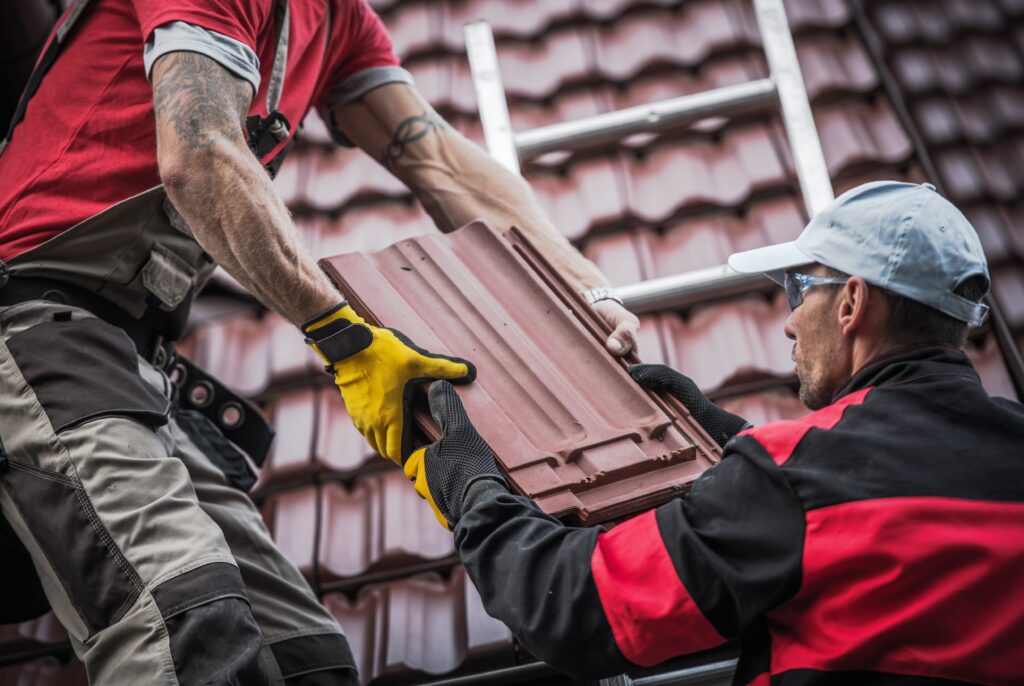
A roof is one of the most important parts of a house. It protects the house from weather and keeps the inside of the house warm. A good roof will last for many years, but it needs to be regularly inspected and maintained to ensure that it is in good condition, and in some cases, we might need a new roof installation.
Freedom Roofing and Restoration specialize in installing roofs quickly and efficiently, so you can enjoy your new roof as soon as possible. And because we only use the best materials, rest assured that your roof will last for years to come. If you’re interested in how we install your roofs, then we’re honored to list it down for you.

The different types of roofs
Pitched Roof
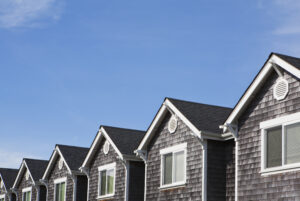 Pitched roofs have both advantages and disadvantages when compared to other types of roofs. One advantage is that pitched roofs are better at shedding water and snow than flat roofs. This is because the angle of the roof allows the water and snow to slide off more easily. Another advantage is that pitched roofs provide more space for an attic or loft area. This extra space can be used for storage, an extra bedroom, or even a home office.
Pitched roofs have both advantages and disadvantages when compared to other types of roofs. One advantage is that pitched roofs are better at shedding water and snow than flat roofs. This is because the angle of the roof allows the water and snow to slide off more easily. Another advantage is that pitched roofs provide more space for an attic or loft area. This extra space can be used for storage, an extra bedroom, or even a home office.
There are also some disadvantages to pitched roofs. One disadvantage is that they are more expensive to build than a flat roof. This is because more materials are needed to build the pitch and there is also more labor involved. Another disadvantage is that pitched roofs can be more difficult to maintain than a flat roofs. This is because it can be harder to reach areas that need repair and it can also be dangerous to work on a pitched roof.
Flat Roof

A flat roof is exactly what it sounds like- a roof that is completely flat and also a controversial type of roofing, but just like everything else it does have both its advantages and disadvantages.
Their advantage is that they are cheaper to construct than pitched roofs and easier to maintain. But their disadvantages are significant: They are more likely to leak, and when they do, the damage can be much more extensive and expensive to repair. They also offer less insulation than pitched roofs, making them less energy-efficient.
The process of installing a roof
Remove the old roof. When it comes to installing a new roof, the first step is to remove the old roof. It is not recommended to have a new roof installed on top of the old one. This would make the roof less durable and potentially invalidate its purpose.
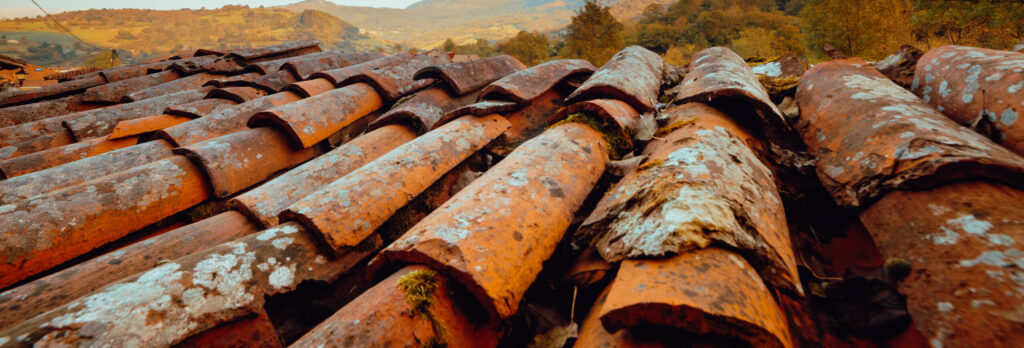
When removing shingles from the old roof, it is also important to be careful not to damage underlying structures, where the new roof should be built, so it is important not to skip this step.
Build in the drip edge. It’s important to install a drip edge on your roof. A drip edge is a metal strip that’s installed along the edges of your roof. It has to be secured to keep water from seeping under the shingles and causing damage to your roof.
Install the underlayment. One of the most important, but often overlooked, aspects of roofing is underlayment. The underlayment is a water-resistant or waterproof barrier that is installed between the roof deck and the shingles. It is typically made of asphalt-saturated felt paper, but can also be made of rubber, non-asphaltic materials, or a combination of these.
Cover the roof with tar or felt paper. When it comes to covering the roof, there are two main options: tar or felt paper. Both have their own set of pros and cons that should be considered before making a decision.

Tar is a more durable option when it comes to roofing. It is able to withstand extreme weather conditions and does not break down as easily as felt paper. However, tar can be more difficult to work with and install. It also has a strong smell that can be difficult to get rid of.
Felt paper is a less durable option, but it is much easier to work with and install. It also does not have the strong smell that tar does. However, felt paper is more likely to break down in extreme weather conditions and will need to be replaced more often than tar.
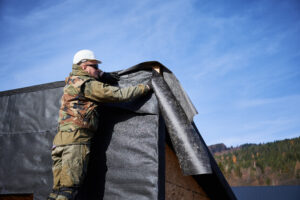 Waterproofing Valleys. Waterproofing roof valleys is an important part of keeping your home in good condition. There are a few different ways to waterproof your roof valleys, and each has its own benefits.
Waterproofing Valleys. Waterproofing roof valleys is an important part of keeping your home in good condition. There are a few different ways to waterproof your roof valleys, and each has its own benefits.
One option for waterproofing roof valleys is to use a sealant. This can be applied over the top of the membrane and will help to create a more watertight seal. This is a great option if you live in an area with high humidity, as it will help to keep your home free from mold and mildew.
Install shingles. Starter shingles are a lot cheaper than full-sized shingles and the purpose of starter shingles is to provide a base for the first layer of shingles. They are placed at the bottom of the roof and help to hold the shingles in place. Starter shingles also help to protect the roof from water damage. Shingles are applied overlapping each other and secured tightly until the whole area of the roof is covered.
The bottom line
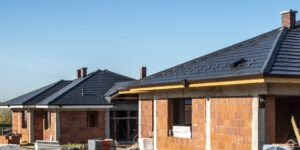 If you’re in need of a new roof, don’t worry about the installation process. Leave it to our team of professionals from Freedom Roofing and Restoration . We have years of experience installing roofs and we’ll make sure the job is done quickly and efficiently. Plus, we offer a warranty on all of our work, so you can be confident that your new roof will last for years to come. Give us a call today and we’ll be happy to give you a free estimate.
If you’re in need of a new roof, don’t worry about the installation process. Leave it to our team of professionals from Freedom Roofing and Restoration . We have years of experience installing roofs and we’ll make sure the job is done quickly and efficiently. Plus, we offer a warranty on all of our work, so you can be confident that your new roof will last for years to come. Give us a call today and we’ll be happy to give you a free estimate.